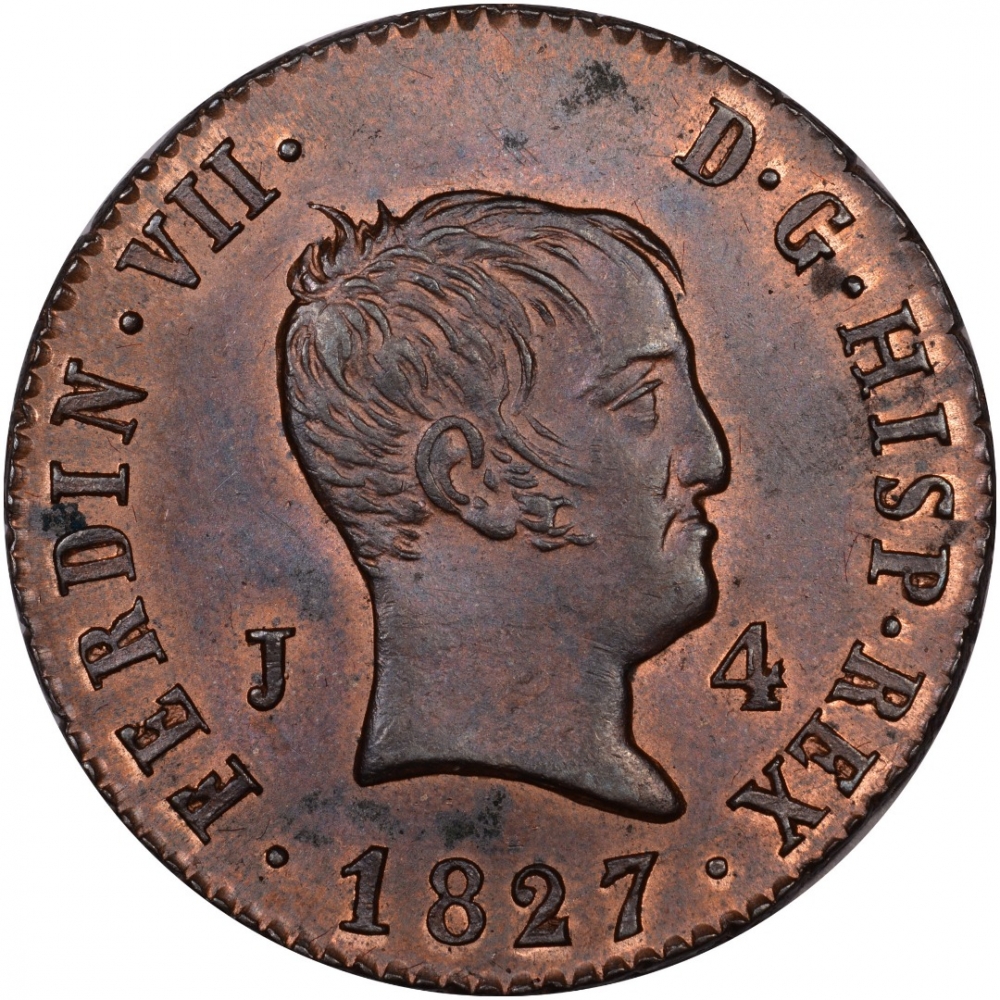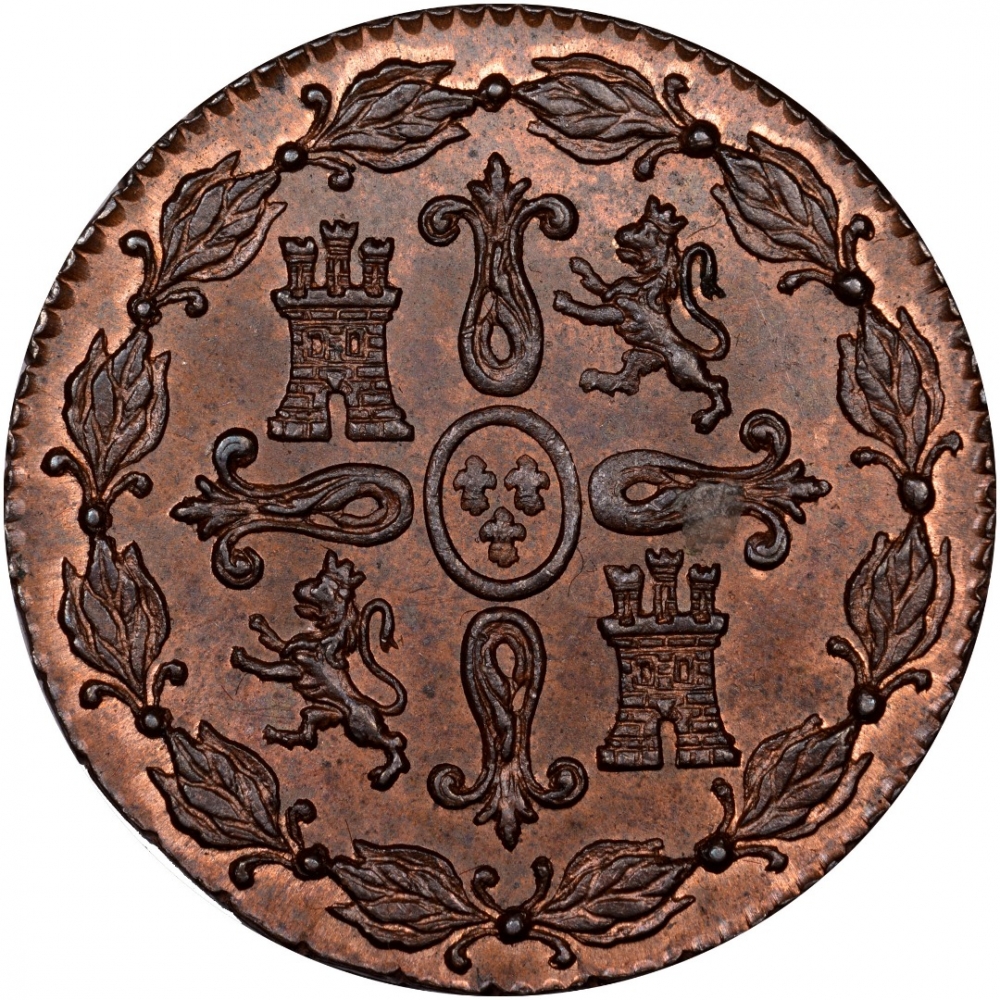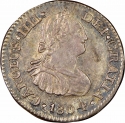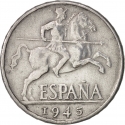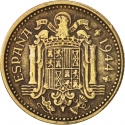You are about to finish your registration. Please check your mailbox (including spam folder). There should be a letter with a confirmation link. Check setting to make sure that your e-mail address is correct.
Send letter againDescription
Ferdinand VII (Spanish: Fernando; 1784–1833) was twice King of Spain: in 1808 and again from 1813 to his death. He was known to his supporters as the Desired (el Deseado) and to his detractors as the Felon King (el Rey Felón). After being overthrown by Napoleon in 1808 he linked his monarchy to counter-revolution and reactionary policies that produced a deep rift in Spain between his forces on the right and liberals on the left. Back in power in 1814, he reestablished the absolutist monarchy and rejected the liberal constitution of 1812. A revolt in 1820 led by Rafael de Riego forced him to restore the constitution thus beginning the Liberal Triennium: a three year period of liberal rule. In 1823 the Congress of Verona authorized a successful French intervention restoring him to absolute power for the second time. He suppressed the liberal press from 1814 to 1833 and jailed many of its editors and writers. Under his rule, Spain lost nearly all of its American possessions, and the country entered into civil war on his death.
Obverse

|
Large head right divide mintmark and value, surrounded by the inscription "Ferdinand VII by the grace of God King of Spain". Date below. FERDIN • VII • D • G • HISP • REX |
|---|---|
Reverse

|
Depicts a Lesser or Abbreviated coat of arms of the Spanish Monarch (cross with castles and lions in angles) within wreath. |
| Edge | - |
